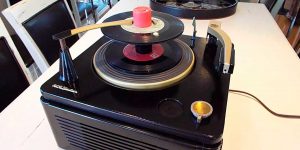The problem of grounding a record player is very common among vinyl lovers. That is why I propose to consider how to properly and quickly ground the turntable. To do this, there are six universal steps.
Why ground a turntable?
Turntables, at their core, are analog devices that rely on precision to reproduce sound accurately. As a musician who has had extensive experience with turntables, I can attest to the importance of grounding. Here’s why:
- Eliminate turntable hum and noise: the most immediate reason to ground a turntable is to get rid of the annoying hum or noise that might emanate from your speakers. This hum is often the result of unwanted electrical interference, known as a “ground loop,” that can ruin your vinyl listening experience.
- Protect your equipment: proper grounding not only ensures optimal sound quality but also protects your equipment. Fluctuations in electrical currents can be harmful over time, potentially damaging the delicate components of your player or amplifier.
- Safety: electrical equipment can pose risks if not correctly grounded. By grounding your turntable, you’re reducing the risk of electrical shocks which can be dangerous and potentially fatal.
Is it always necessary to ground the record player?

The necessity to ground a record player often depends on its design and your specific audio setup. For most turntables, whether belt-driven or direct drive, grounding is advisable due to the potential for ground loops. While the ground wire doesn’t carry musical currents, it plays a pivotal role in preventing undesirable hums or noises.
Not all turntables demand grounding. Some modern ones, especially those with integrated phono preamps, have been designed to function efficiently without the need for an external ground. If your turntable doesn’t have a grounding wire and you’re utilizing its built-in preamp without any noticeable sound interference, you might be in the clear.
However, a simple rule of thumb: if your turntable has a grounding wire, it’s an indicator that grounding is recommended. Even if the interference is subtle, it’s typically better to err on the side of caution. Grounding doesn’t just protect your auditory experience; it safeguards the longevity and functionality of your equipment.
In essence, while some setups might operate sufficiently without grounding, if you want to ensure the purest sound and the safest operation, grounding is a step you shouldn’t skip.
Turning off the power of the player
Before any work, first of all, you must turn off the power of the player and the amplifier to avoid system malfunctions and sudden breakdowns. In this way, you will prevent all harmful noise and many dangerous accidents from electric shock in the speakers when connected.
Look for turntable grounding wire
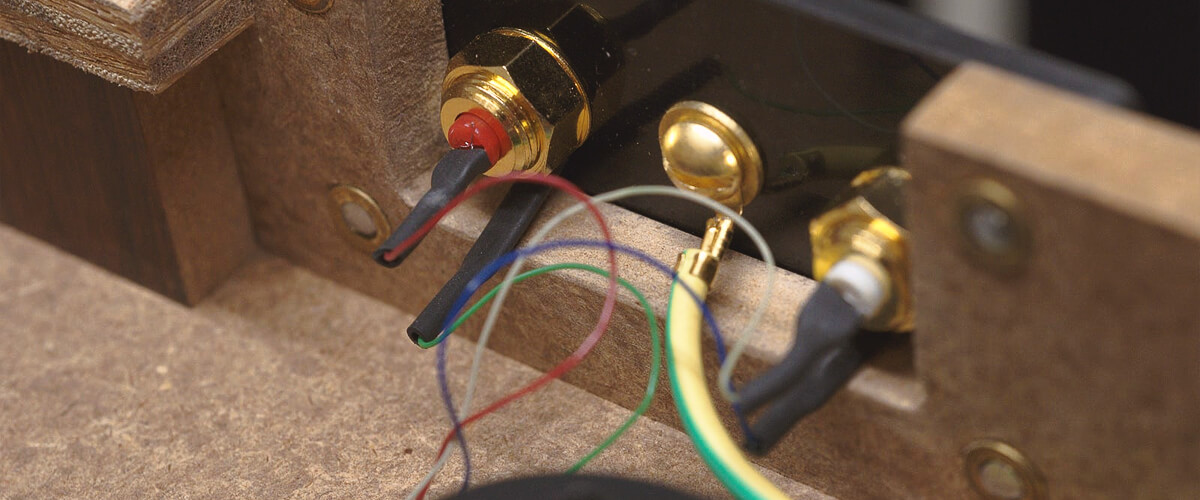
To ground a turntable, you need to know its wires as well as any electrical equipment connected to it. In most devices, they usually connect under the metal chassis of the turntable. In addition, they have an unconnected copper spade with a connector. Moreover, in most turntables, this wire is green for convenience. The wire is likely bent under the chassis and covered with a zip tie. So, you need to remove the winding from the wire.
Locating the ground terminal on the amplifier
The ground terminal on your amplifier or receiver is usually located on the back of the turntable. Among other things, it is also marked “ground”. If you find this thing, you just need to disconnect the ground terminal.
Connecting the ground wire to the amplifier ground terminal
After disconnecting the ground terminal, make sure the turntable ground cable is connected to the amplifier ground terminal. Then, move the equipment so that the distance between the amplifier and the turntable is minimized.
Drop the ground wire with the spade connector to the grounding terminal
Lower the ground wire using the paddle plug to the ground lug. When moving the equipment, you must push the grounding wire with a spudger to the grounding lug. Then you need to tighten the joint with moderate force, but be sure to keep it at a limited level.
Connect power and check operation
To complete the grounding process of the turntable, be sure to turn off the power to the turntable and amplifier.
Finally, I have prepared the turntable buying guide to highlight the things to look for when choosing a turntable.


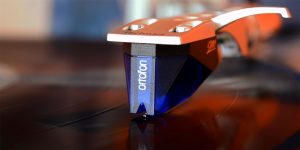



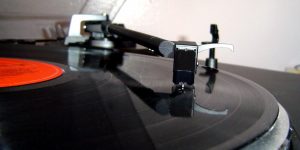
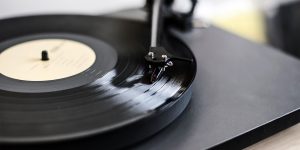
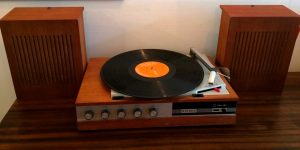
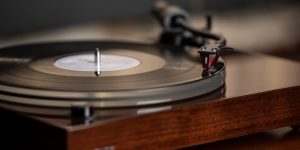

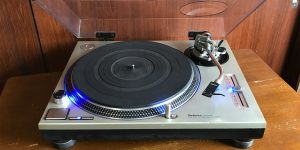
![Connect a Turntable to Your Wireless Bluetooth Speakers [Easy Guide]](https://www.vinylrecordday.org/wp-content/uploads/2021/12/tuntable-and-sonos-speaker-300x150.jpg)
